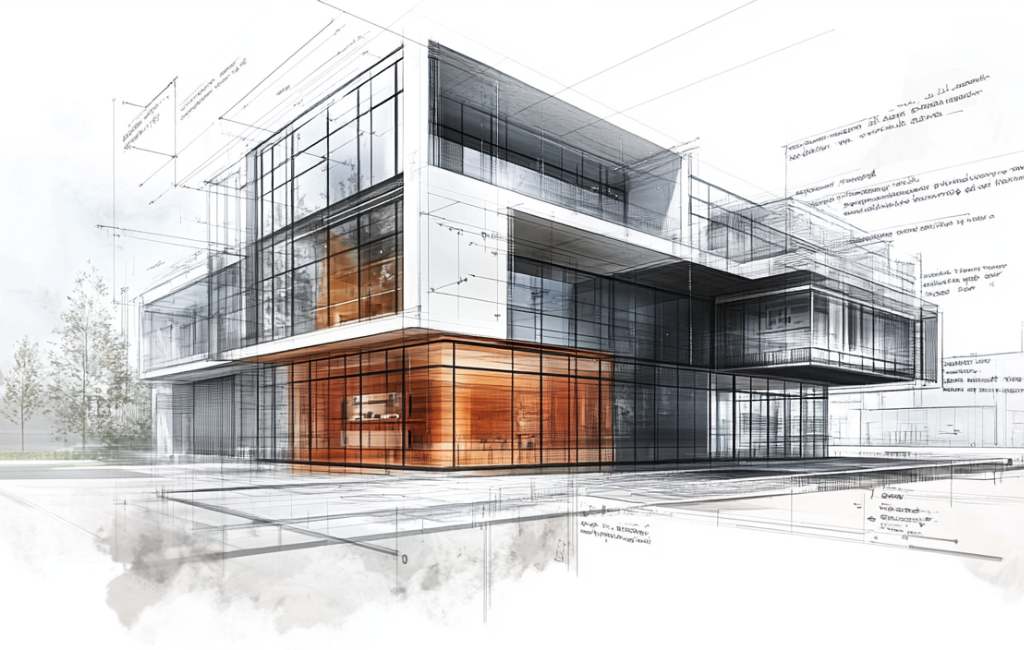Architect Tips for Minimalist Homes
Minimalism in architecture is more than just a design trend; it’s a lifestyle choice that emphasizes simplicity, functionality, and the beauty of less. As urban spaces become more crowded and resources more precious, the minimalist home offers a sanctuary of calm and clarity. This article explores practical tips from architects to help you create a minimalist home that is both functional and aesthetically pleasing.
Understanding Minimalism in Architecture
Minimalism is characterized by the use of simple forms, clean lines, and a monochromatic palette with color used as an accent. The philosophy behind minimalism is to strip away the unnecessary, focusing on what truly matters. This approach not only creates a visually appealing space but also promotes mental well-being by reducing clutter and distractions.
The Principles of Minimalist Design
- Functionality: Every element in a minimalist home should serve a purpose.
- Simplicity: Design should be straightforward, avoiding unnecessary complexity.
- Open Spaces: Emphasize open floor plans to create a sense of freedom and flow.
- Natural Light: Maximize the use of natural light to enhance the space.
- Quality Over Quantity: Invest in fewer, high-quality pieces that will last.
Designing a Minimalist Home: Key Tips
Embrace Open Floor Plans
Open floor plans are a hallmark of minimalist design. By removing unnecessary walls, you create a seamless flow between spaces, making the home feel larger and more connected. This design choice encourages interaction and allows for flexible use of space.
Maximize Natural Light
Natural light is a critical component of minimalist homes. Large windows, skylights, and glass doors can help flood the space with light, reducing the need for artificial lighting and creating a warm, inviting atmosphere. Consider using sheer curtains or blinds to maintain privacy without blocking light.
Choose a Neutral Color Palette
A neutral color palette forms the foundation of minimalist design. Whites, grays, and beiges create a calm and serene environment. Use bold colors sparingly as accents to add interest without overwhelming the space.
Invest in Multi-Functional Furniture
In a minimalist home, furniture should be both beautiful and functional. Look for pieces that serve multiple purposes, such as a sofa bed or a coffee table with storage. This approach helps maintain a clean and uncluttered look while maximizing the utility of each piece.
Declutter Regularly
Minimalism is about living with less. Regular decluttering is necessary to maintain the simplicity and order of a minimalist home. Adopt a “one in, one out” policy to prevent accumulation and keep your space tidy.
Case Studies: Successful Minimalist Homes
The Glass House by Philip Johnson
The Glass House, designed by architect Philip Johnson, is a prime example of minimalist architecture. With its open floor plan and extensive use of glass, the house blurs the line between indoor and outdoor spaces, creating a seamless connection with nature.
The Farnsworth House by Mies van der Rohe
The Farnsworth House is another iconic minimalist structure. Its simple rectangular form, elevated on stilts, and use of glass walls exemplify the minimalist principles of simplicity and functionality. The house’s design focuses on the essentials, providing a tranquil retreat in the midst of nature.
Statistics on Minimalist Living
Recent studies show that minimalist living can lead to increased happiness and reduced stress. According to a survey by the National Association of Home Builders, 60% of homebuyers prefer open floor plans, a key feature of minimalist homes. Additionally, a study by the University of California found that reducing clutter can decrease stress levels by up to 40%.
Conclusion
Creating a minimalist home involves more than just adopting a design style; it’s about embracing a way of life that values simplicity and functionality. By focusing on open spaces, natural light, and quality over quantity, you can design a home that is both beautiful and practical. The examples of the Glass House and the Farnsworth House illustrate the timeless appeal of minimalist architecture. As you embark on your minimalist journey, remember that the goal is to create a space that reflects your values and enhances your well-being.
